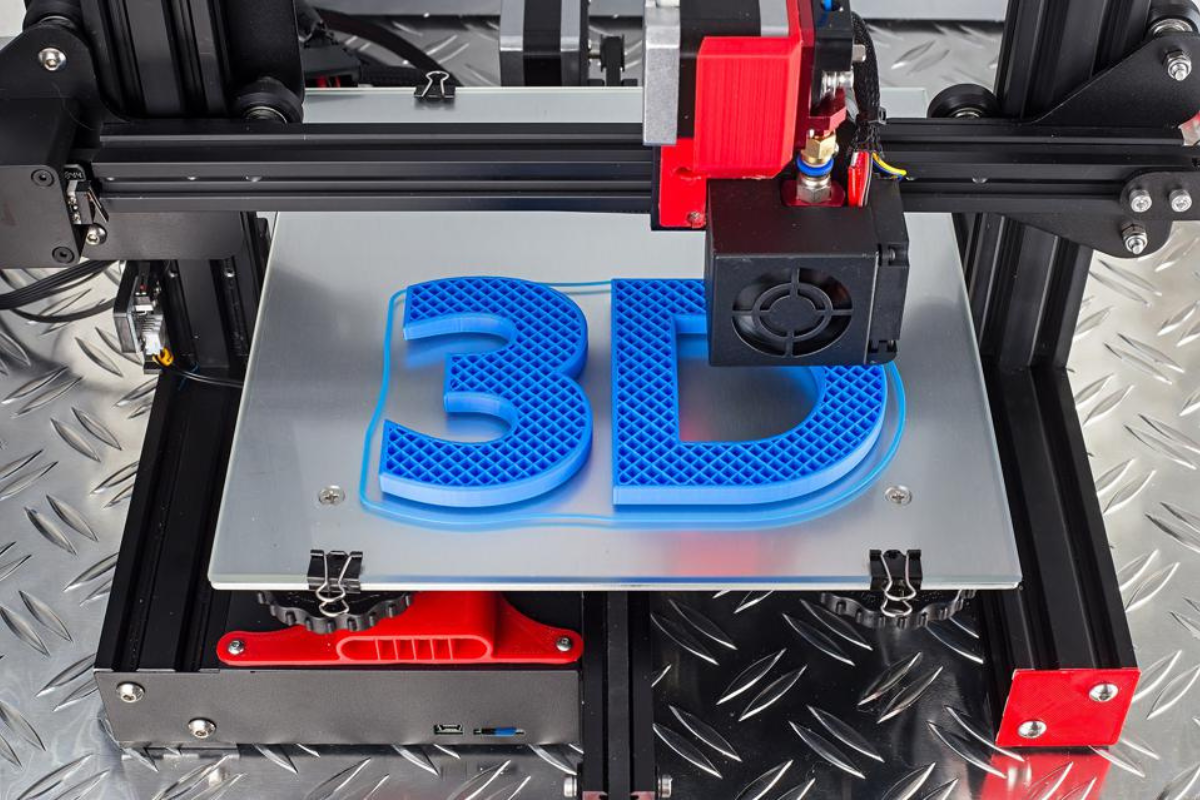3D printing, also known as additive manufacturing, is changing the way we produce things. It offers a range of benefits, including customization, design freedom, cost advantages, and sustainability. With this technology, we can produce components and industrial parts using digital 3D data that are transmitted directly to a 3D printer, where the powdered materials are melted via laser technology with pinpoint accuracy, layer by layer.
3D printing offers nearly limitless geometric possibilities, which has a significant impact on the industrial value chain. It makes it possible to create complex structures that were previously limited by conventional production methods. Additionally, even individual parts and small-scale batches can be profitably produced. This technology also allows for comprehensive functional integrations, such as springs or hinge joints, to be designed directly into the component, reducing the need for tools and subcomponents. The result is faster product development and sustainable product innovations at lower cost.
The “maker” movement is gaining momentum through the endless implementation options that 3D printing offers. The barriers to market entry for this new manufacturing technology are low. Additive Manufacturing has proven to be profitable, even for small batches, and is enabling new business models. This technology is opening up a whole new world of possibilities for entrepreneurs, as the only things required are a good idea and internet access – everything else is freely accessible at any time via the World Wide Web. Manufacturing capacities are available at any time via platforms that offer Additive Manufacturing production services.
One of the most significant advantages of 3D printing is its potential to decentralize production, making it possible to produce components and spare parts right where they are needed. This reduces logistics costs and carbon emissions, making it a more sustainable option. The manufacturing process itself requires fewer resources, as most of the residual powdered material can be reused. Energy-efficient machines produce components that save a considerable volume of resources and promote the sustainable use of raw materials due to their design freedom, functional integration, and lightweight construction options.
3D printing is also making an impact in the medical technology field. With this technology, customized shapes and sizes of implants, joints, artificial limbs, and parts of the skull can be produced. This has immense potential to improve people’s quality of life, as they differ greatly in terms of physique and their bodies also change as they age.
Takeaway
As we come to the end of our discussion, it’s clear that 3D printing is a game-changing technology that is transforming the way we live, work, and innovate. With its ability to create complex designs and shapes quickly and efficiently, it has disrupted traditional manufacturing processes and opened up a world of possibilities for businesses and entrepreneurs alike.
The impact of 3D printing can be felt across industries, from healthcare to aerospace, as it allows for the creation of custom parts, prosthetics, and even entire buildings. It has also given rise to new business models and sustainable options, making it a driving force for change towards a more sustainable future.
Furthermore, this technology has opened up new opportunities for the workforce, creating new jobs in the digital field and changing the face of the job market. With more and more companies adopting 3D printing, it’s clear that this technology is here to stay and will continue to shape the future of our economy and society.
As the technology continues to evolve and become more accessible, we can expect to see even more innovative applications and benefits that will positively impact our lives. From personalized medical implants to eco-friendly fashion, the possibilities are endless. So let’s embrace the revolution of 3D printing and continue to explore its endless potential.











